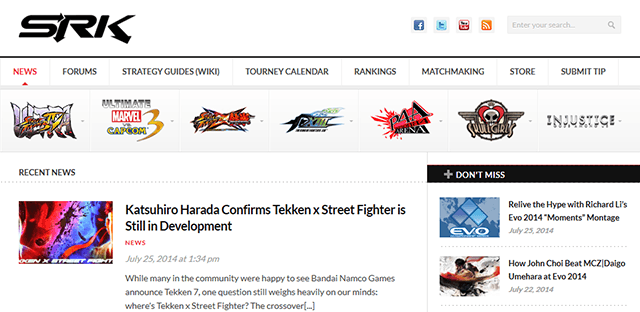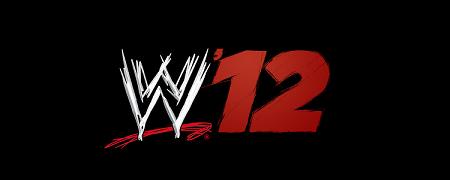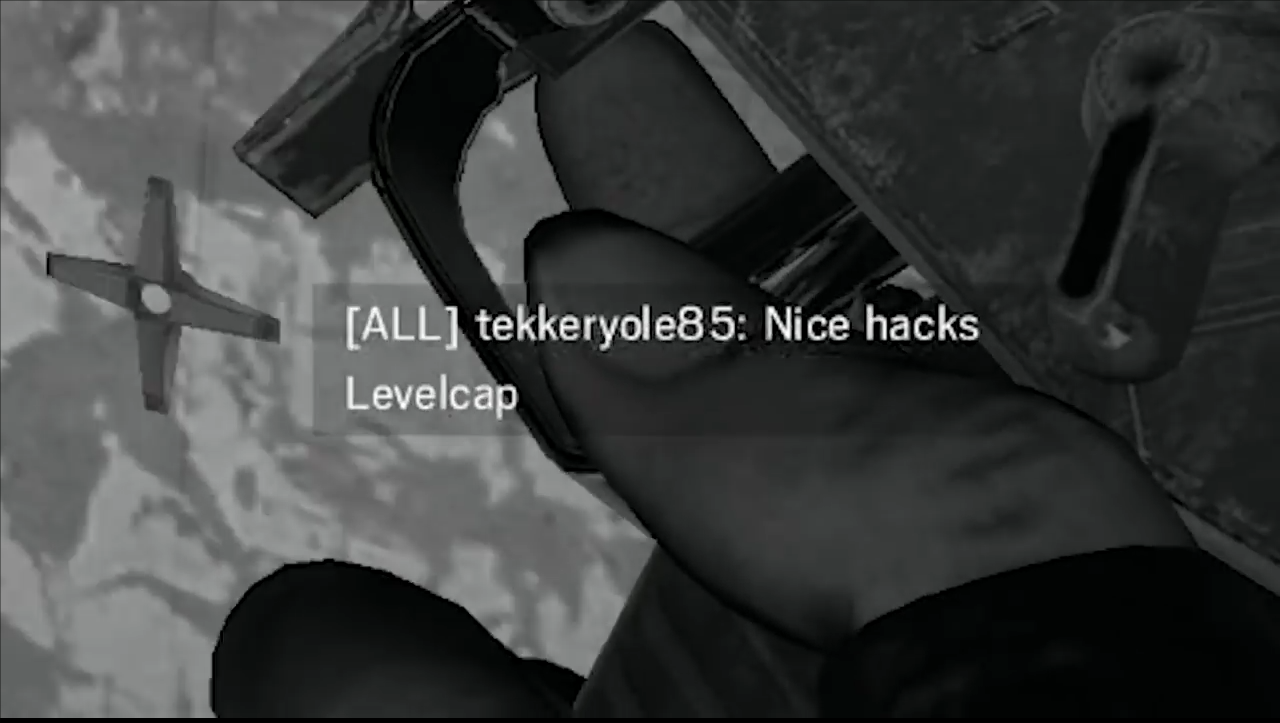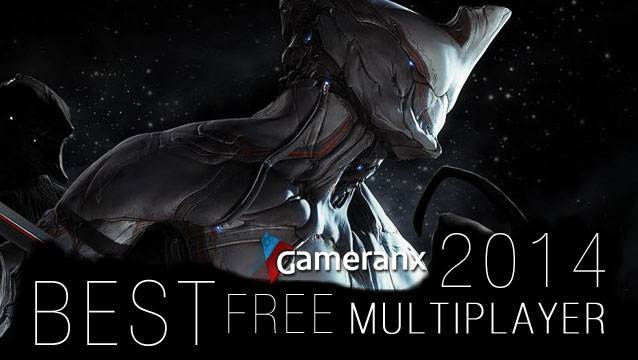

Demigod is gloriously bombastic, the introductory cutscene intoning the slight back story in its best, booming Christopher Lee voice. One of the gods has been destroyed after leaking company secrets. As one of eight monstrous, magical demigods, you’re fighting for promotion to the suddenly vacant position of Totalgod. The story needs no greater depth than this because there’s no campaign. You simply battle in individual skirmishes or larger tournaments against bots and other people, the various demigods separated inconsequentially into two teams for the event: the Forces of Light and the Forces of Darkness.
On their surface, these fights resemble traditional RTS, albeit focused upon one unit. Succinctly, you point and click to tell your demigod where to go and what to hit. Battle takes place across eight maps, each small and symmetrical, covered with capturable flags and enormous Grecian statues. It’s an appropriately decadent stage for battles between hulking immortals and the AI minions at their feet. One map is surrounded by beautiful waterfalls, another takes place atop the coiled body of a two-headed snake, gripped in the hands of a screaming statue that floats in space.
These battles start small, but by the end levels are obscured by giants, demons and blubberous priests, all casting magic, throwing boulders and wreaking havoc. Beneath this lies a core of action roleplaying, where instead of building a base you’re growing your character by gaining experience, choosing skills and purchasing armor and magical items that provide buffs. In other words, your demigod is your base. Except for your base, which we’ll come back to in a minute.
The demigod-as-base idea is best exemplified in the game’s most iconic character: the Rook. The largest of Demigod’s semi-deities, the Rook is an anthropomorphic castle imbued with all the wistfulness and sorrow of one of the massive creatures from Shadow of the Colossus or something out of a Miyazaki film. He looks enormously cool, and he’s the first demigod we played. Either by design or by coincidence, this proved a good call, as he’s the easiest to grasp in a game that suffers from having no tutorial and no hint system. Despite this lack of knowledge, by the end of our first skirmish we’d leveled up our Rook to the point where his left shoulder was full of archers, his right shoulder was a kind of automatically firing Tesla coil, while a central tower balanced a trebuchet.
While the Rook is immediately appealing, the other demigod designs don’t make a similarly immediate connection. The game is all about the demigods, and it’s their distinct attributes that make the game a delight, rather than the game modes. But you may have to play each at length for those beautiful-on-the-inside attributes to become clear. In early matches we dismissed Regulus, an angelic sniper designed for ranged combat, as too weak to be useful. Then we realised that his skills, enhanced through leveling and judicious item purchases, make him great for protecting control points with mines and felling fleeing enemies with a single shot. Plus, tell him to walk somewhere and he’ll occasionally say, “This would be faster with wings,” and then you get a skill that lets him grow wings.
All of the demigods have at least one thing that falls into this category: an idea that is silly, or extreme, but ultimately cool in a 12-year-old high-five comic book kind of way. Both the Rook and Regulus are Assassins, one of Demigod’s two classes, and do most of their fighting themselves. Their two remaining classmates are Untamed Beast, a roaring, lizard-tailed creature with the ability to spread the plague, and Torch Bearer, who can use ice magic to slow and debuff enemies and with the click of a button “relive his fiery death.” That is, burst into flame and use fire magic to damage them directly. While burning, he repeatedly screams, and switching back to ice magic afterward is described as “ending his suffering.” Again, cool.




 Life Is Strange (PC): All optional Photo Locations
Life Is Strange (PC): All optional Photo Locations What Are The Biggest Trends In Design For 2016? Get Ahead Of The Curve
What Are The Biggest Trends In Design For 2016? Get Ahead Of The Curve WWE 12 Achievements List
WWE 12 Achievements List Rainbow Six Siege Beginner Tips And Team Strategy Walkthrough
Rainbow Six Siege Beginner Tips And Team Strategy Walkthrough Best Free Multiplayer Games of 2014
Best Free Multiplayer Games of 2014